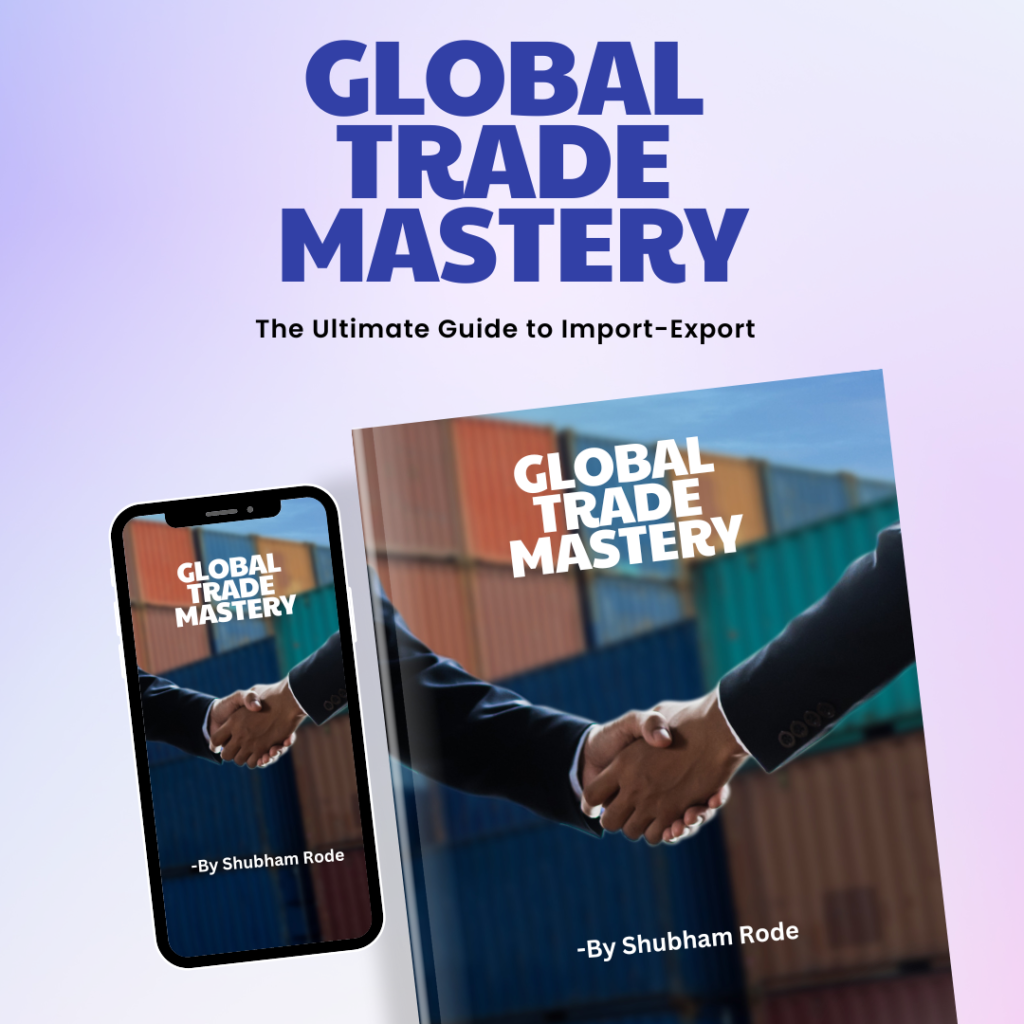
Here are a few types of sugar that can be exported from India:
Harmonized Tariff Schedule (HTS) Code: Before exporting sugar or sugar confectionery products, it’s necessary to determine the appropriate HTS code. This code categorizes products for customs and trade purposes, facilitating the identification of specific goods in international trade transactions.
FSSAI Registration: The Food Safety and Standards Authority of India (FSSAI) registration is mandatory for exporting any food product, including sugar. This registration ensures compliance with food safety regulations and verifies important details such as the brand name, commodity name, net quantity, and labeling requirements.
APEDA Registration: The Agricultural and Processed Food Products Export Development Authority (APEDA) registration is required for all sugar export products. This registration verifies important details related to quantity, value, product name, and ensures compliance with export regulations and quality standards.
DGFT License: The Directorate General of Foreign Trade (DGFT) issues Importer-Exporter Code (IEC) through an online platform. Exporters must register their products and quantities on this platform, which also facilitates compliance with GST and tax regulations, streamlining the export process.
Export Release Orders (ERO): Exporters of sugar products need to obtain Export Release Orders to ship goods to other countries, especially for food security purposes. These orders serve as official authorization for exporting specific quantities of sugar and ensure compliance with international trade regulations.
Letter of Credit (LC): Exporters often require a Letter of Credit from overseas buyers as a confirmation of their intent to purchase the products. This document outlines payment terms, acceptance of products, and other important details, providing assurance to exporters and facilitating secure transactions.
Quality Checks from Importing Countries: Many importing countries have their own quality standards and regulations for imported food products, including sugar. Exporters may need to undergo quality checks or inspections by authorities in the importing countries to ensure compliance with their set parameters and facilitate smooth clearance at customs.
By adhering to these procedures and requirements, exporters can navigate the complexities of international trade and ensure the successful export of sugar products from India while maintaining compliance with regulatory standards and meeting the expectations of overseas buyers.
Documents You Need For Sugar Export From India
Final Note
Embarking on a successful sugar export venture from India in 2024 requires thorough planning, adherence to regulations, and a keen understanding of market dynamics. By conducting comprehensive market research, ensuring compliance with quality standards, and strategizing for logistics and documentation, exporters can navigate the complexities of international trade.
Additionally, prioritizing sustainability, ethical practices, and risk management enhances the brand’s reputation and market acceptance. With careful consideration of these factors and a proactive approach to overcoming challenges, aspiring sugar exporters can capitalize on the opportunities presented by India’s burgeoning sugar industry and contribute to the global sugar trade.
To learn more and kick-start your journey in the import-export industry, join our exclusive Import-Export Workshop! Gain valuable insights, expert guidance, and practical business strategies to help you grow and succeed in global trade.
Register now and take the first step toward your EXIM success!

Privacy & Policy | Est. 2025 | Rode Exports and Services Pvt Ltd © 2025 All Rights Reserved.| Cancellation & Refund Policy | Terms & Conditions | Contatc Us
WhatsApp us